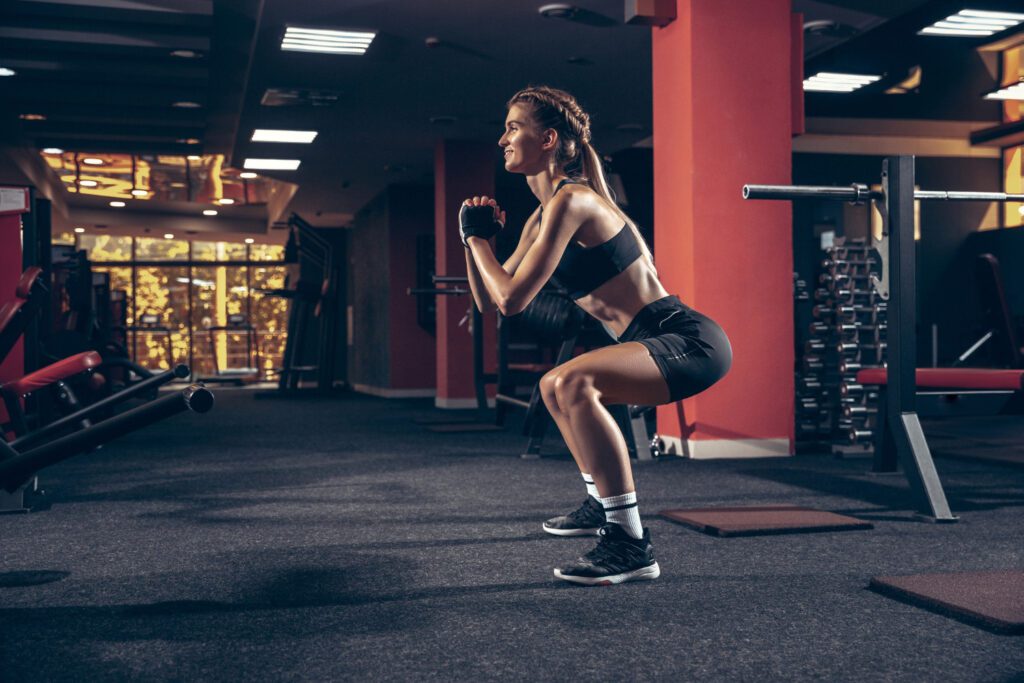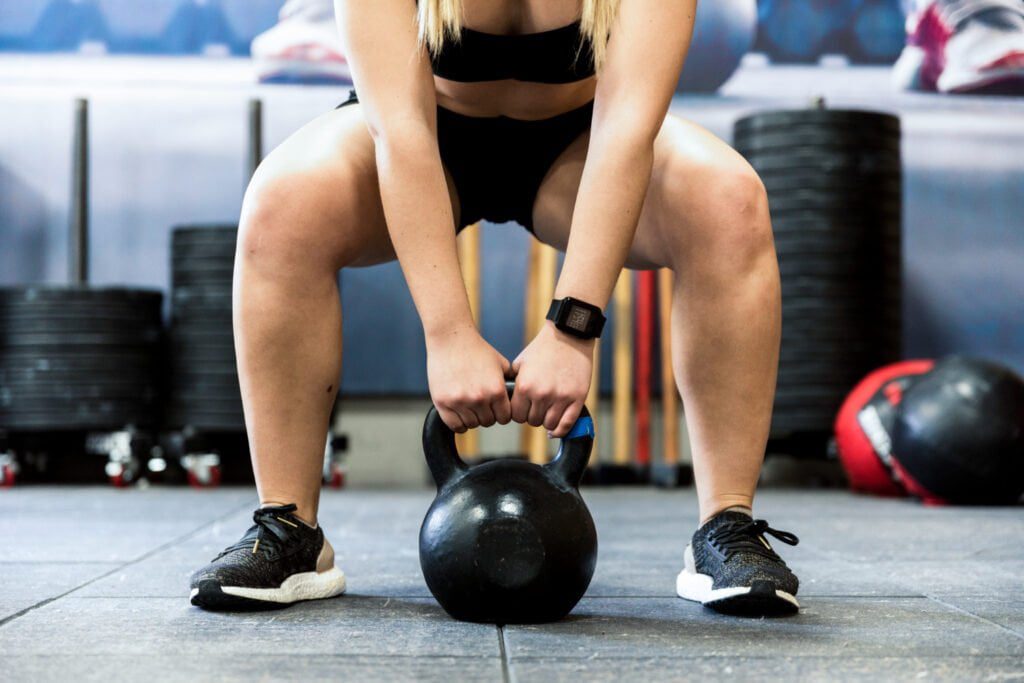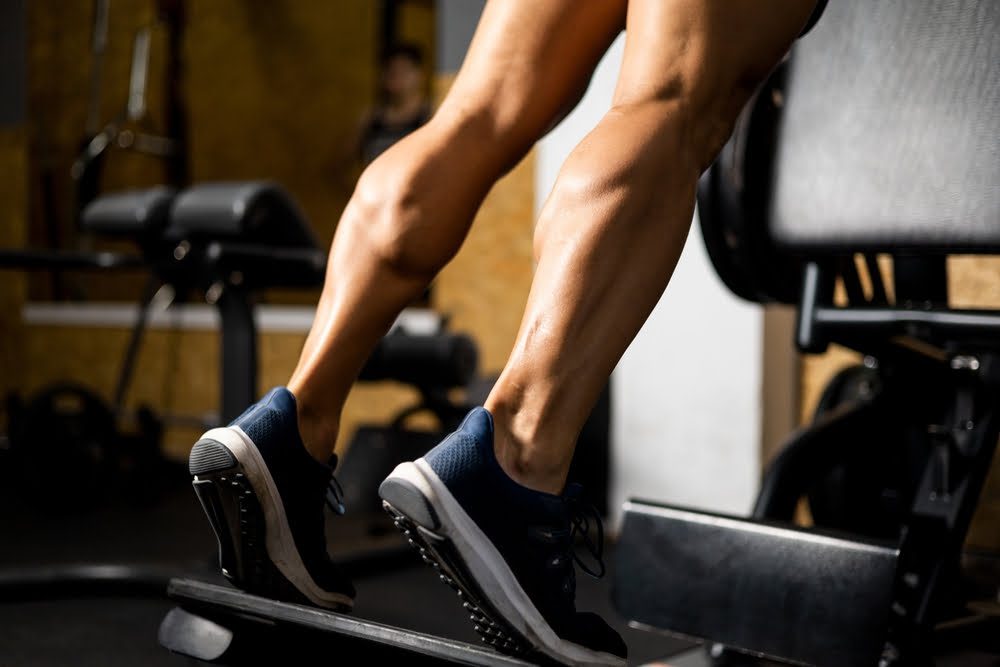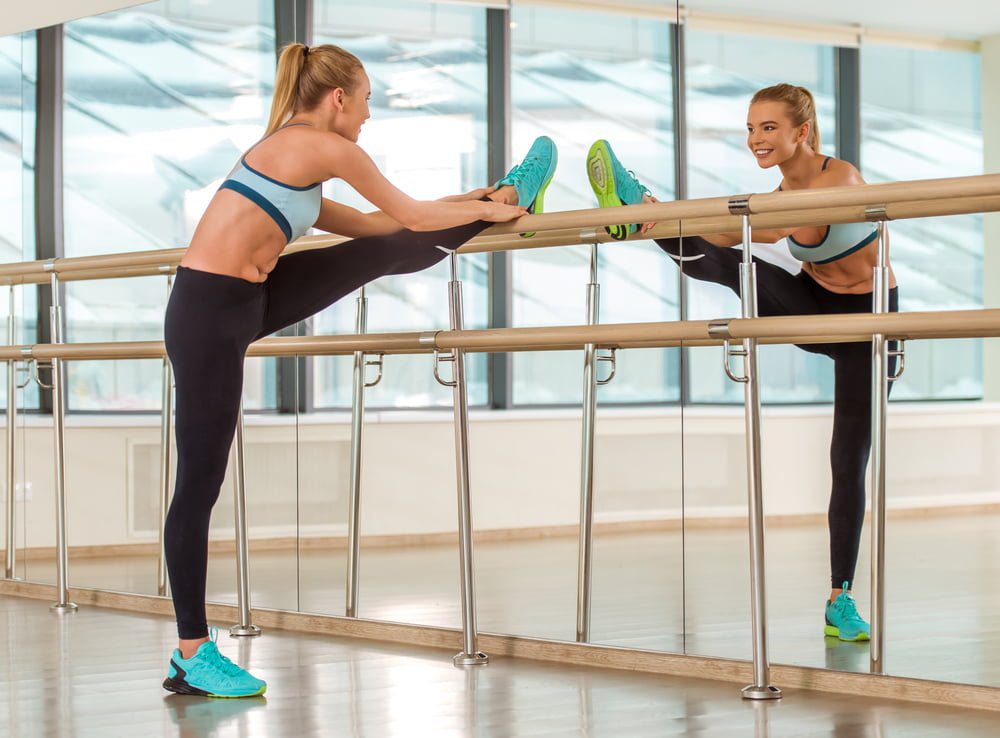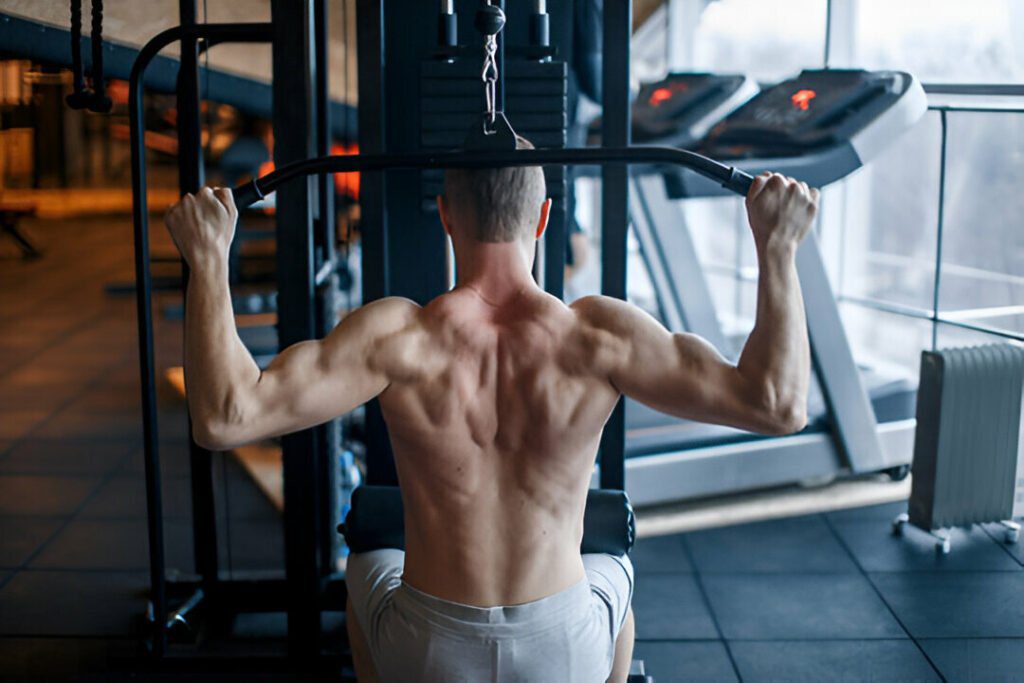Although it seems like a purely aesthetic muscle, the development of the gluteus can distinguish the average athlete from the professional , since it is the latter who really know how to use it to transfer forces from the lower hemisphere to the upper one and thus achieve performance levels exclusive to this group of athletes.
Benefits of strengthening the glutes.
The main benefits of improving the glutes are three:
- Postural improvements – The gluteus helps us stay upright , especially due to its function on the lower portion of the spine and on the knee.
- Reduction in the risk of injuries – Postural improvement is transferred to gestures that we perform both in our training and on a daily basis, and better posture will help us reduce the number of poorly executed movements, therefore also reducing the risk of suffering an injury .
- Increased power in the lower hemisphere – The gluteus is a muscle capable of transferring force, stabilizing the body and generating hip extension (in addition to hip abduction and external rotation) which is also highly requested in many lower body exercises. , so if we work on it we will prevent it from limiting our performance in these exercises.
Squat or Hip Thrust: Which of the Two Helps You Work Your Glutes Better?
This question is very simple, and the answer is that the hip thrust is definitely better if we consider exclusively glute work, but logically we should not do without exercises similar to the squat if we want to develop good quadriceps and considerable overall strength in the legs. .
This 2018 study compared the hip thrust, the conventional deadlift, and the hex bar deadlift (which follows a very similar movement pattern to the squat).(1)
The gluteus maximus was activated 16% more in the hip thrust than in the hex bar deadlift, which was also demonstrated in 2016 in this other study.(2)
Regarding the squat itself, it has also been observed that both the activation of the gluteus maximus and the biceps femoris were greater when performing the hip thrust than when performing the back squat , which should not surprise us much considering the results. which provided the hex bar deadlift.(3)
Experts Advice.
Researchers simply attribute this to two reasons; The first is that there is greater tension on the hip extensors in the hip thrust compared to the back squat because the point of greatest activation of the gluteus is when the hip is in zero degrees of flexion, that is, when the hip is is in neutrality (and at this point the squat exerts almost no tension on the gluteus), and the second is that the hamstrings suffer from the phenomenon of active insufficiency when the knee is flexed in the hip thrust, so that a greater muscular effort by the gluteus to generate hip extension.
Therefore, and in conclusion, if you want to develop big and strong glutes, the hip thrust is the exercise you should give priority to.
Bottom Line.
Both squats and hip thrusts are powerful sporting events for focused on and strengthening the glutes. While squats interact more than one muscle corporations and offer useful motion blessings, hip thrusts isolate the glute muscle tissue extra successfully. Ultimately, the quality exercising for you will depend upon your non-public health dreams and possibilities. Incorporating a aggregate of each squats and hip thrusts into your exercising routine may additionally offer the most complete and balanced method to operating your glutes.
+3 Sources
FitToFar has strict sourcing guidelines and relies on peer-reviewed studies, educational research institutes, and medical organizations. We avoid using tertiary references. You can learn more about how we ensure our content is accurate and up-to-date by reading our editorial policy.
- Electromyographic Comparison of Barbell Deadlift, Hex Bar Deadlift, and Hip Thrust Exercises: A Cross-Over Study; https://pubmed.ncbi.nlm.nih.gov/28151780/
- An Examination of Muscle Activation and Power Characteristics While Performing the Deadlift Exercise With Straight and Hexagonal Barbells; https://pubmed.ncbi.nlm.nih.gov/26840440/
- A Comparison of Gluteus Maximus, Biceps Femoris, and Vastus Lateralis Electromyographic Activity in the Back Squat and Barbell Hip Thrust Exercises; https://pubmed.ncbi.nlm.nih.gov/26214739/

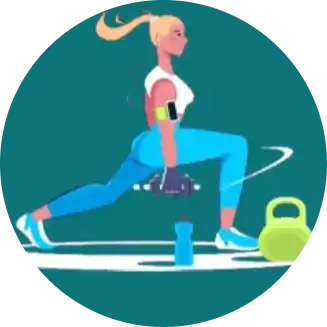 Workout
Workout
 Meditation
Meditation





 Contact Us
Contact Us



